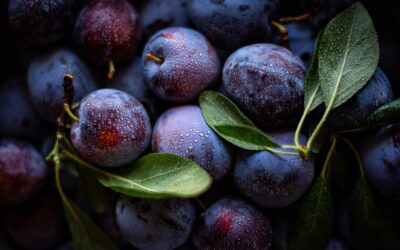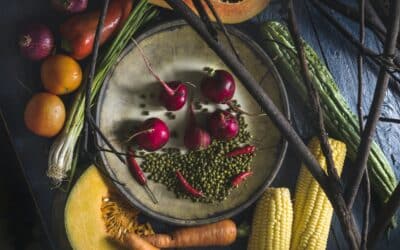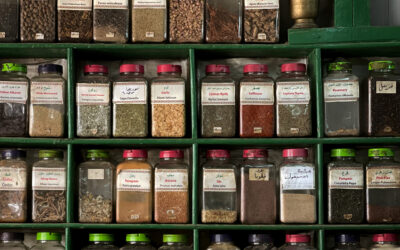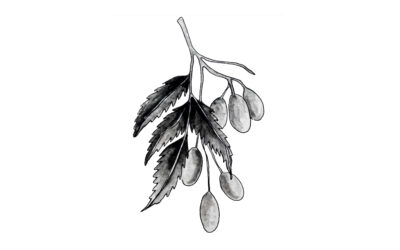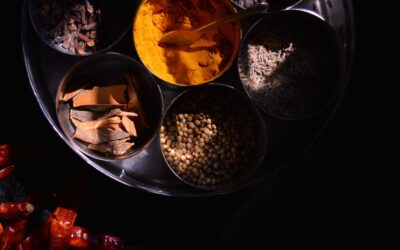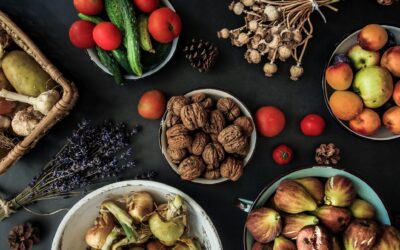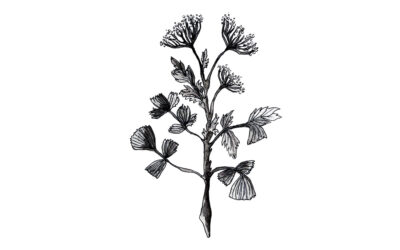
Ama; The Root of Disease
Āma The Root of All Diseases In Ayurveda, Āma, the undigested matter in the body and the byproduct of weak digestion (Agni), is considered the root cause of all diseases. In Sanskrit, The word Ama means 'raw' or 'undigested,' and Āmaya, the term used for disease, is...
What is a true cleanse?
What Is a True Cleanse? Debunking The Vague Myths on CleansingDetox diets are more popular than ever. It seems as if everyone is either on a ‘cleanse’ or is planning on attempting one. These diets claim to eliminate harmful toxins, clear the blood and liver, and help...
Panchakarma
Panchakarma The Five Procedures of Cleansing The Sanskrit word Panchakarma means ‘five actions.' It refers to the five procedures used to mobilize Ama (toxins) that are stuck inside the tissues, and to pull them out of the body through the orifice closest to where the...
Agni; The Fire Within
Agni, The Fire Within The Sanskrit word Agni (ag-nee) means fire, resembling the fire within the body or metabolism. It is a transformative force that governs digestion, metabolic functions, nutrient assimilation, and absorption. Essentially, this fire is the key to...
Fruit in Ayurveda
Fruit in AyurvedaFruit is a Summer staple. The dominant sweet taste, high water content, and cooling potency make it nature's perfect addition to our diet during the hot season. Most fruits contain nutrients, antioxidants, and fiber in variable amounts. Some are...
Raw or Cooked?
Raw or Cooked?We often hear that raw foods are more nutritious than cooked foods and that cooking 'kills' the nutrients in food. False! Yes, some nutrients are indeed lost during cooking, but many others become more bioavailable and absorbable by the body when the...
The Intelligence of Ayurvedic Herbs
The Intelligence of Ayurvedic HerbsDravyaguna Shastra means the science of substances. In Ayurveda, each herb has specific qualities, actions, and therapeutic applications. Everything in nature can have some medicinal or healing value if applied correctly, and...
Neem
Neem (Azadirachta indica)Qualities Cooling | Drying | ReducingTaste BitterNeem (Azadirachta indica), one of the most prized trees in Ayurveda, was termed ‘Sarva Roga Nivarini,’ meaning ‘the healer of all diseases.’ Its bark, oil, leaves, and fruit are used to support...
Spices; beyond flavor
Spices, Beyond FlavorIn ancient times, the worth of spices was equal to that of gold due to their medicinal properties and unique flavors. The Hindi word 'Bharat' refers to India, the land of spices, and interestingly enough, the very same word means spices in Arabic....
The Eight Principles of Diet and Eating in Ayurveda
The Eight Principles of Diet & Eating in AyurvedaFrom a modern perspective, eating and nourishment are directly correlated. We know that food provides nutrition, and we consume it based on that. When a deficiency is detected, we usually supplement with more of the...
Methods of Fasting & Their Significance
Methods of Fasting & Their SignificanceFasting is mentioned in all religious, medical, and yogic scriptures as a powerful healing tool for the body and mind. In a world where overconsumption has become the leading cause of most diseases, it is more essential than ever...
Anise
Anise (Pimpinella anisum) Qualities Heating | Soothing | Carminative Taste Sweet, Bitter & Pungent Anise (Pimpinella anisum), also referred to as sweet cumin in English, or Motajeera in Hindi is a plant related to the Parsley family. It is sweet,...





